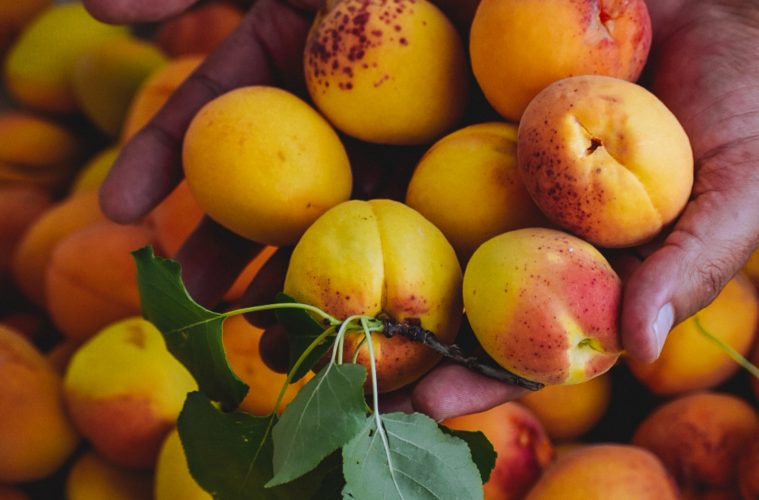Not only a beautiful tree to add to your garden, but apricots can be enjoyed fresh, bottled, dried or made into jam.
Did you know South Africa is one of the largest exporters of top-quality canned apricots in the world?Most apricots (Prunus armeniaca) are grown in the Little Karoo because its dry summers and wet winters offer ideal growing conditions. But it’s still possible to nurture your own apricot tree if you live outside this region, be it in your garden or a large container.
What you sow
Unless patience is your strong suit, opt for a young (two to three years) bare-root tree. You will need to soak the roots in water before you plant it, so look for a small one with a good root system. If you’re determined to start from scratch, search for only the tastiest blushing apricots you can find – the organically grown varieties seem to offer the best results. Crack open the pits using a nutcracker, remove the seeds and soak in water for 24 hours. Plant the seeds approximately five centimetres deep in pots during late winter or early spring. They will need fertile, well-drained soil and plenty of sun. Give them about a month to sprout. Continue watering and fertilising, and transplant to larger containers or the garden a year or so later.
The right place
Your apricot tree requires a spot that offers warmth and shelter from wind throughout summer. During winter, it will need protection from frost. First up, make sure the area is thoroughly weeded. The soil should be rich and moisture retentive, but have good drainage, so dig in well- rotted manure or compost a few weeks before planting. These trees also prefer slightly alkaline soil. In early spring, dig a hole twice the diameter of the root system and three-quarters of a metre deep. Then loosen the soil around the walls of the hole, letting it fall to the bottom. Spread the roots over this soil and fill in around the plant with what remains. Water well to get rid of any air pockets.
Growing stages
Give the tree or sapling a deep soak once a week. Feed with low-nitrogen fertiliser during late winter and again in the fruiting period, which begins in spring. As the tree matures, it will need to be pruned and thinned out so its fruit gets as much light as possible. During winter, prune the three or four topmost vigorous shoots to encourage more branches. The apricot tree will bear fruit on the older wood, so be sure to prune lightly. Every four to six years, cut out the older branches that no longer produce fruit to make way for new shoots.
Tough love
It’s hard after all your care and fussing, but, to get a healthy crop of apricots, you will have to thin out the fruit at regular intervals. Once they are cherry sized, remove any apricots that look unhealthy or are misshapen. If a cluster has more than three to four fruit on it, pluck off some to allow the remaining ones to reach full lushness.


